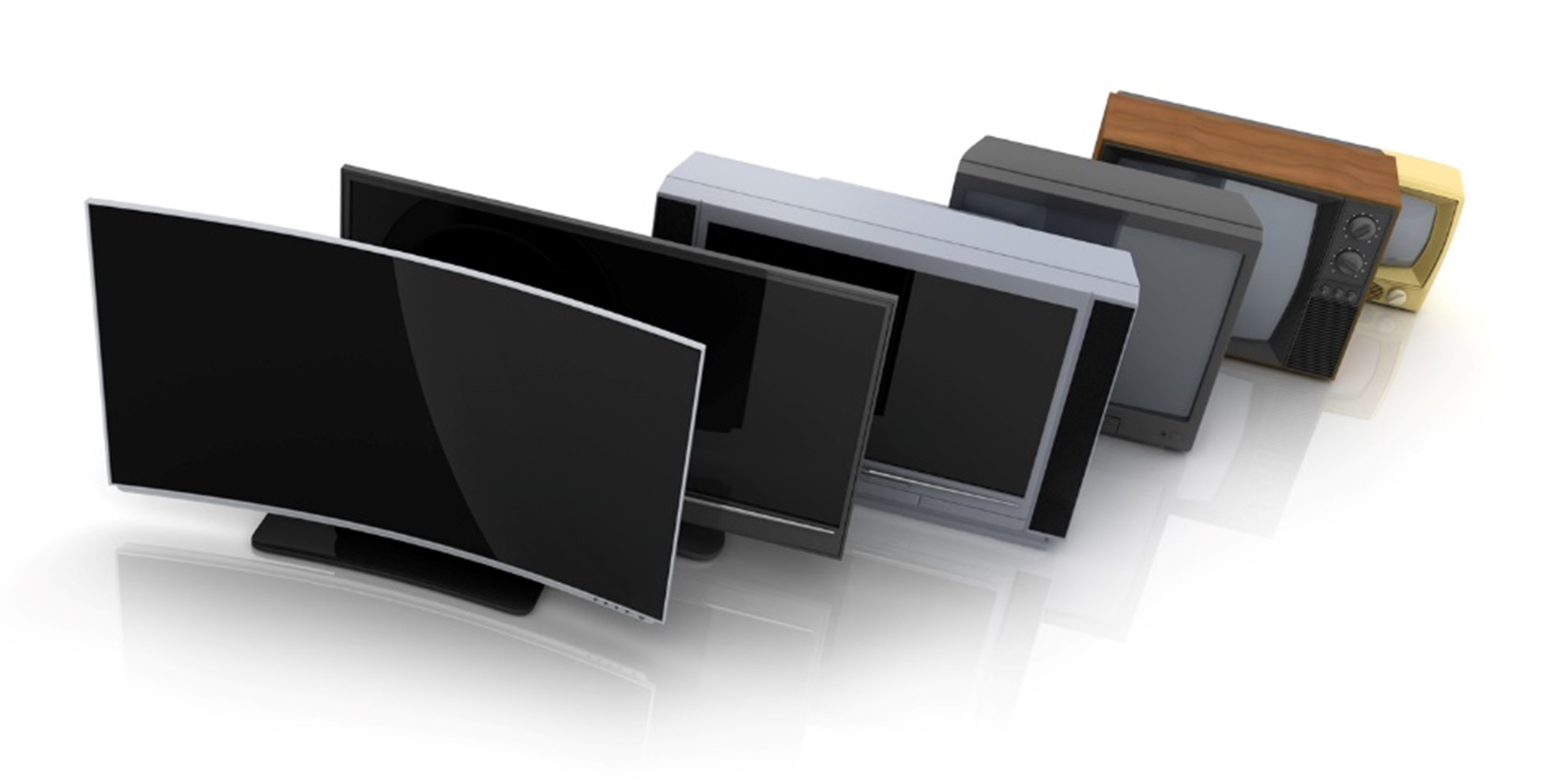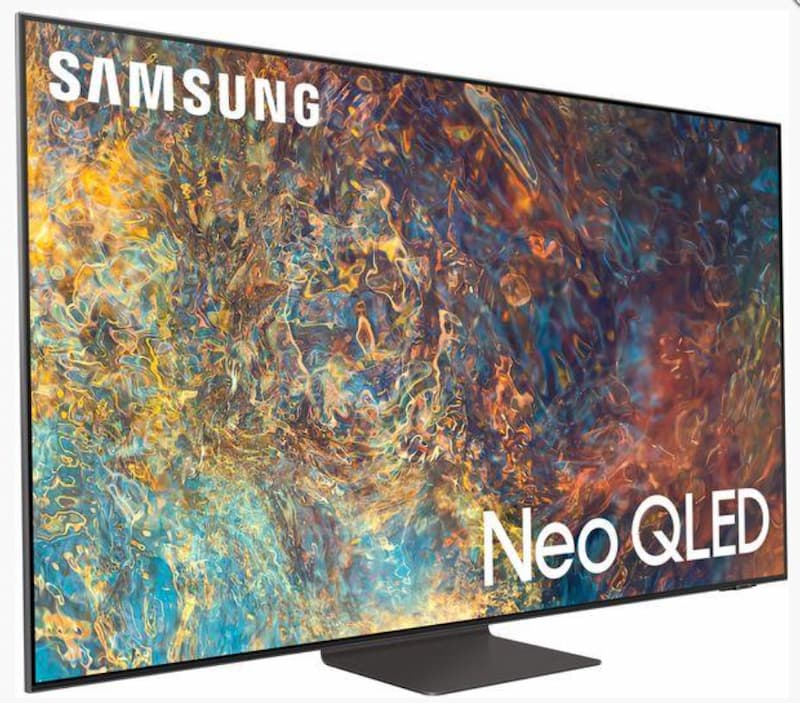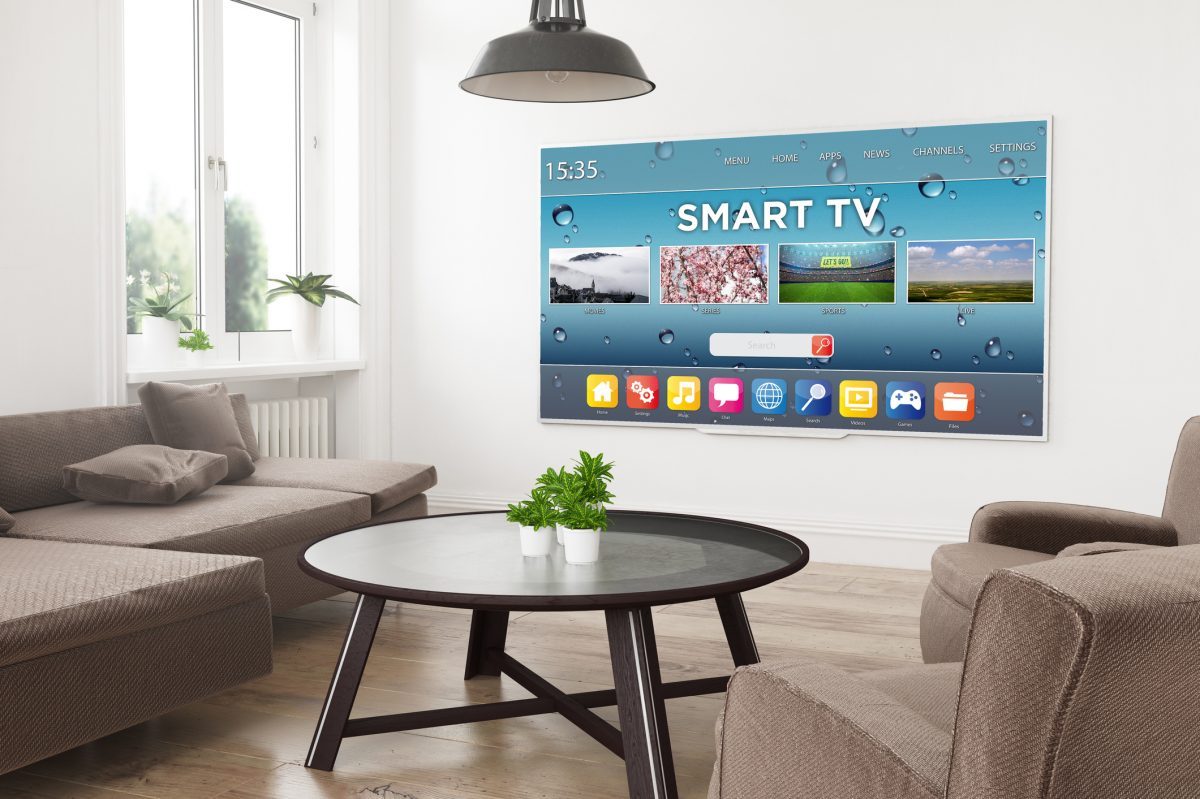76 years of television broadcasting history came to an end on Wednesday night as the analogue television signal was turned off in Northern Ireland. This move completed the switch over to digital in full as it has been implemented gradually across the country.
Over the last 5 years, the digital switch over process has slowly changed everyone’s viewing habits towards digital, moving away from the now defunct analogue method of broadcasting.
The move was first brought up as an idea in 1999 by then culture secretary Chris Smith. It took until 2007 for the first signal to be broadcast in the Cumbrian town of Whitehaven and since then, the signal has been expanded across the UK and is now the main method of public television broadcasting.
The managing body responsible for the changeover – Digital UK – said that the changeover went ahead on time and under budget, which is great for the general public as the main source of funding was public money.
At the time it was thought that the changeover would impact people’s lives greatly and cause some people to be left in a ‘media blackout’ as a result of not being prepared to receive the new signal. Fortunately, due to advances in television technology the changeover has gone smoothly, with very few people being adversely affected by the change. With the rise of new television technology and many people naturally upgrading their television sets in the changeover period, many problems have been avoided. Even those who’s sets are not capable of receiving digital signal directly, cheap set top boxes have given people an increased range of channels, better signal and interactive services for a small price.
If you are buying a TV now, it doesn’t matter if you are looking for a smart TV or a basic model; it is quite hard to find a model which does not support digital signal.
The only thing to decide now is what to do with the digital switchover mascot who has been guiding people through the changeover process!







